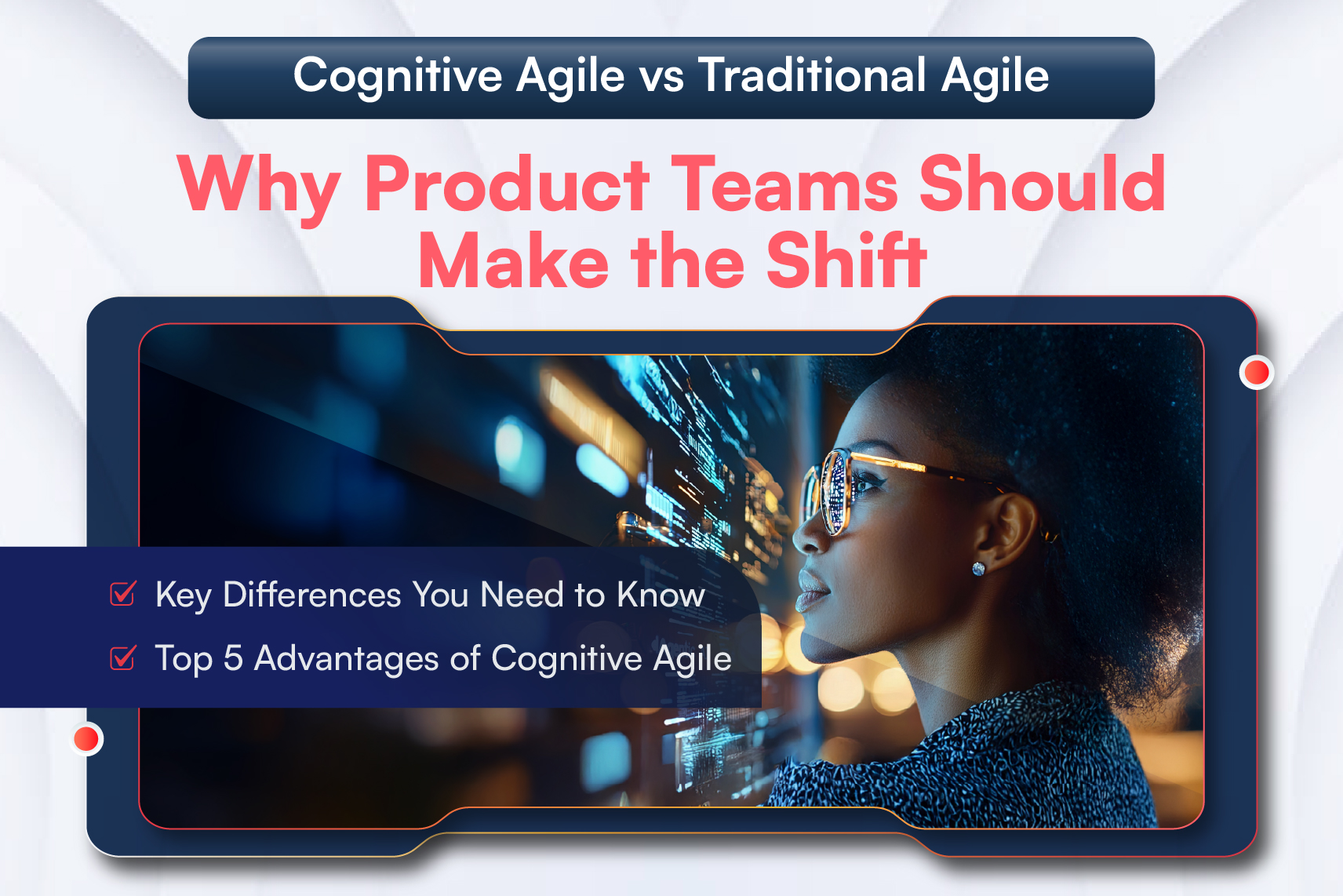
Social Media integration or ability to use social networking portals for furthering the business using viral marketing effect is with us for a long time now. We have also learned that it is a two sided weapon, whereby, it can promote your product by leaps and bounds via a viral positive feedback, and also do irreparable damage by a similar negative one! So the obvious next step is promoting bi directional communication between companies and customers using social media and analyzing the customer feedback to use crowd sourcing for business benefit.
All these viral interactions generate humongous amount of data – big data – characterized by three Vs: Volume, Velocity and Variety. This informal and unstructured social media data is mostly textual and can be analyzed for positive and negative sentiments. Manual analysis is most effective for these sentiments. However, looking at the amount of data, this can quickly become a herculean feat. As a result, making sense of such data needs special techniques.
Enter natural language processing and sentiment analysis techniques.
There are algorithms that consider typical positive and negative sentiment expressions to analyze the data. These can be self learning algorithms that can keep on increasing the accuracy by enriching the sentiment dictionary over time. Basic pitfall here is misreading sentiments containing sarcasm or contempt. Understanding sarcasm comes natural to human brain, but can be very tricky to put in as an algorithm. However, considering that humans do not agree 100% of times, the accuracy of current sentiment analysis algorithms can be comparable to manual techniques.
With this background, Customer Relationship Management has turned a new leaf with introduction of Social Flavor in the CRM offerings. Gartner mentions Social CRM as one of the powerful current trends. There are multiple open source and proprietary Social CRM solutions that can be integrated with the website. At one end there are big players like Jive, SalesForce and SAP where as open source portals Topaz Social and Zurmo are there at the other end.
Typical offerings of such Social CRMs are following:
- Social network integration and operations
- Community platforms for Social Conversations
- Monitoring Social interactions
- Data analysis and relevance ranking
- Tracking results against business goals
As outlined earlier, many Social CRM solutions use NOSQL databases like MongoDB for capturing and handling the generated big data effectively.
Integrating and configuring these Social CRMs is easy. After integration, analysis of customer sentiments about website or product can be at available in no time.
Going the Social CRM way seems to be a no-brainer when it comes to quickly reaping the social media benefits for websites!






